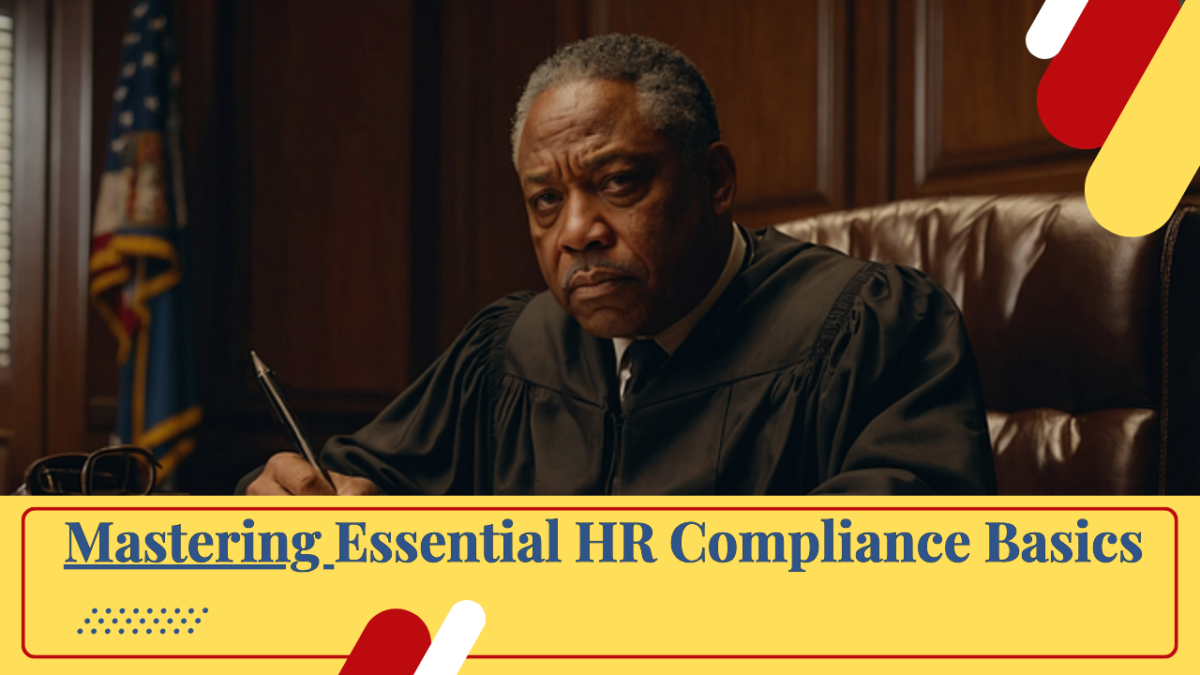Navigating human resources compliance may initially appear overwhelming to new or growing businesses. However, understanding and implementing essential HR compliance basics can significantly simplify your business operations and protect your enterprise from costly lawsuits and regulatory penalties. Compliance isn’t merely a legal necessity—it is crucial for fostering a healthy, fair, and productive workplace.
First and foremost, businesses need clarity around employment classifications. Misclassifying employees as independent contractors is one of the most common and costly HR mistakes small businesses make. Each classification has unique implications regarding taxes, benefits, and employment rights. It’s essential to clearly understand federal guidelines provided by the Internal Revenue Service and Department of Labor. Taking the time to correctly classify employees ensures compliance, demonstrates responsibility, and helps you avoid hefty fines and back taxes.
Establishing thorough, clear, and compliant policies is another critical component of HR compliance. Develop and maintain an employee handbook that outlines company policies, procedures, anti-harassment measures, safety guidelines, disciplinary actions, and dispute resolutions. Such documents provide employees clarity on expectations, minimize misunderstandings, and serve as valuable evidence in disputes or investigations. Ensuring your handbook is reviewed regularly and aligns with current federal, state, and local employment laws is paramount.
Next, ensure compliance with wage and hour laws. These laws cover minimum wage standards, overtime regulations, record-keeping requirements, and payroll practices. Violations in this area can result in substantial penalties and reputational harm. Implementing reliable payroll systems and regularly auditing wage and hour practices helps in early detection and correction of potential compliance issues. It demonstrates commitment to fair treatment, boosting employee morale and retention.
Moreover, maintaining accurate and secure employee records is critical for compliance. HR documentation includes employee applications, contracts, payroll records, performance reviews, disciplinary actions, and termination records. Proper documentation not only supports compliance with various employment laws but also aids businesses in effectively managing disputes and potential litigation. Ensure that sensitive employee data is securely stored, maintaining privacy and data protection compliance.
Another fundamental HR compliance area revolves around workplace safety regulations. OSHA (Occupational Safety and Health Administration) guidelines require businesses to maintain safe working conditions. Employers must proactively identify, address, and document potential safety risks within their workplace. Regular safety trainings, clearly posted safety guidelines, emergency procedures, and routine safety audits demonstrate dedication to employee wellbeing and compliance.
Finally, providing ongoing compliance training for management and employees is indispensable. Regular training sessions regarding anti-discrimination laws, workplace harassment prevention, data privacy, and other compliance areas ensure employees remain informed about their rights and responsibilities. This fosters an inclusive and respectful workplace culture, reducing the likelihood of misconduct and litigation.
In conclusion, establishing and maintaining HR compliance need not be daunting if approached methodically. Clear employee classifications, comprehensive policies, vigilant payroll and wage-hour management, secure recordkeeping, diligent workplace safety practices, and regular training create a compliant, engaged, and productive workplace. Investing time in mastering these compliance basics helps protect your business’s reputation, financial health, and long-term success.

